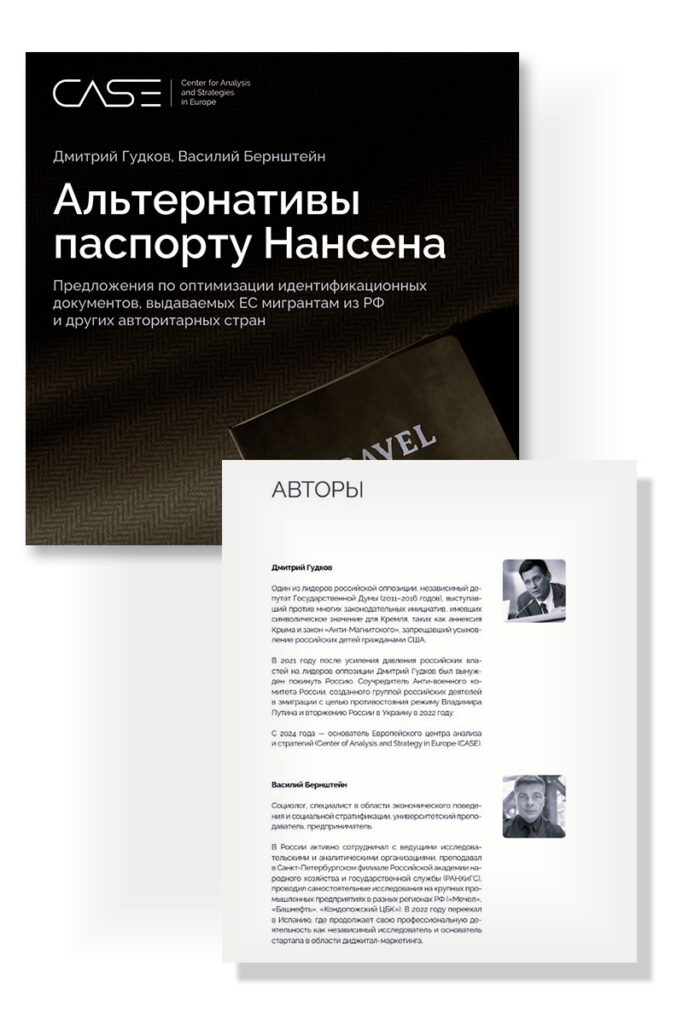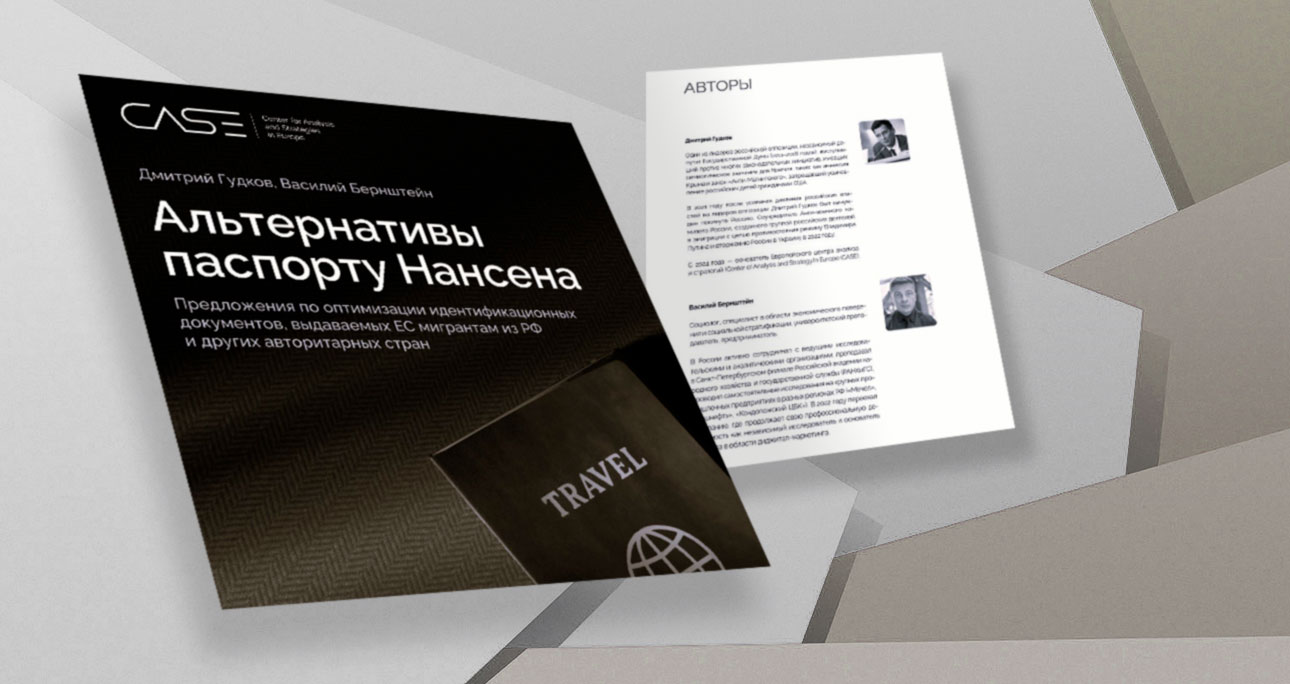A large-scale study of Russian emigration (2022–2024) and policy recommendations for PACE and the European Parliament
01
Objective
Following the onset of Russia’s full-scale war against Ukraine in 2022, the European Union faced a new wave of forced emigration from the Russian Federation. The main aim of this project was to assess the scale, structure, and challenges of this migration wave, identify administrative barriers and potential zones of social exclusion, and formulate evidence-based policy recommendations for European legislative and human rights institutions.
Key goals:
- Provide an objective, multi-layered picture of Russian emigration (2022–2024)
- Analyse the reception, legalisation, documentation and rights protection practices across EU states
- Propose alternative identification mechanisms (e.g., travel documents) beyond asylum frameworks
02
Methods and Tools
- Large-scale digital survey across EU-based migrants (2,000+ respondents), in Russian, English, Spanish, and French
- In-depth interviews with migration experts, lawyers, volunteers, and activists
- Collection and content analysis of legal documents, administrative procedures, recommendations, and official statements in all EU working languages: English, French, German, Spanish, Italian, Polish, Dutch, Swedish, Portuguese, and more
- Deep research methodology: policy comparison, case analysis, cross-source validation
- Data visualisation, analytical mapping, identification of key policy barriers and leverage points
03
Timeline
Methodology design and survey launch:
03.2023
Field phase (survey + interviews + document collection):
04-10.2023
Data processing and recommendations drafting:
11-12.2023
Results presentation and public engagements:
01-04.2024
04
Policy Focus Areas
- EU and member state policies towards Russian emigrants outside asylum frameworks
- Mechanisms for issuing travel documents; access to banking, healthcare and education without a passport
- Administrative practices for extending legal status, obtaining tax IDs, and registering births/deaths
- Legal and reputational risks linked to large-scale marginalisation of new emigrants
05
Estimated Budget
Survey implementation and platform support:
2 000 €
Multilingual analysis, translation, and processing:
8 000 €
Visualisation and policy paper preparation:
4 000 €
Miscellaneous costs (hosting, licensing, logistics):
2 000 €
Total budget:
16 000 €
06
Scope
- 2,000+ respondents from 22 EU countries
- Hundreds of legal documents and case studies analysed manually and via AI
- Comparative review of travel document practices in 14 countries
- Work conducted across 10 official languages
- Full-cycle process: from hypothesis to formal recommendations to PACE and European Parliament committees
07
Impact
- Analytical report published in English, Russian, and Spanish: “Alternatives to the Nansen Passport”
- Concrete recommendations for identity and documentation frameworks outside asylum procedures
- Widely recognised by human rights NGOs and legal experts, used in hearings and consultations
- A knowledge base created for journalists, policymakers, researchers, and lawyers
- Key risks of systemic invisibility highlighted, with legal alternatives proposed
Conclusion:
This case shows how digital methodologies and in-depth multilingual analysis can yield more than research — they can produce actionable tools for policy transformation. Amid high political sensitivity, the project became a model of intellectual intervention in EU migration discourse and demonstrated how digital humanitarian technologies can shape international legal frameworks.





